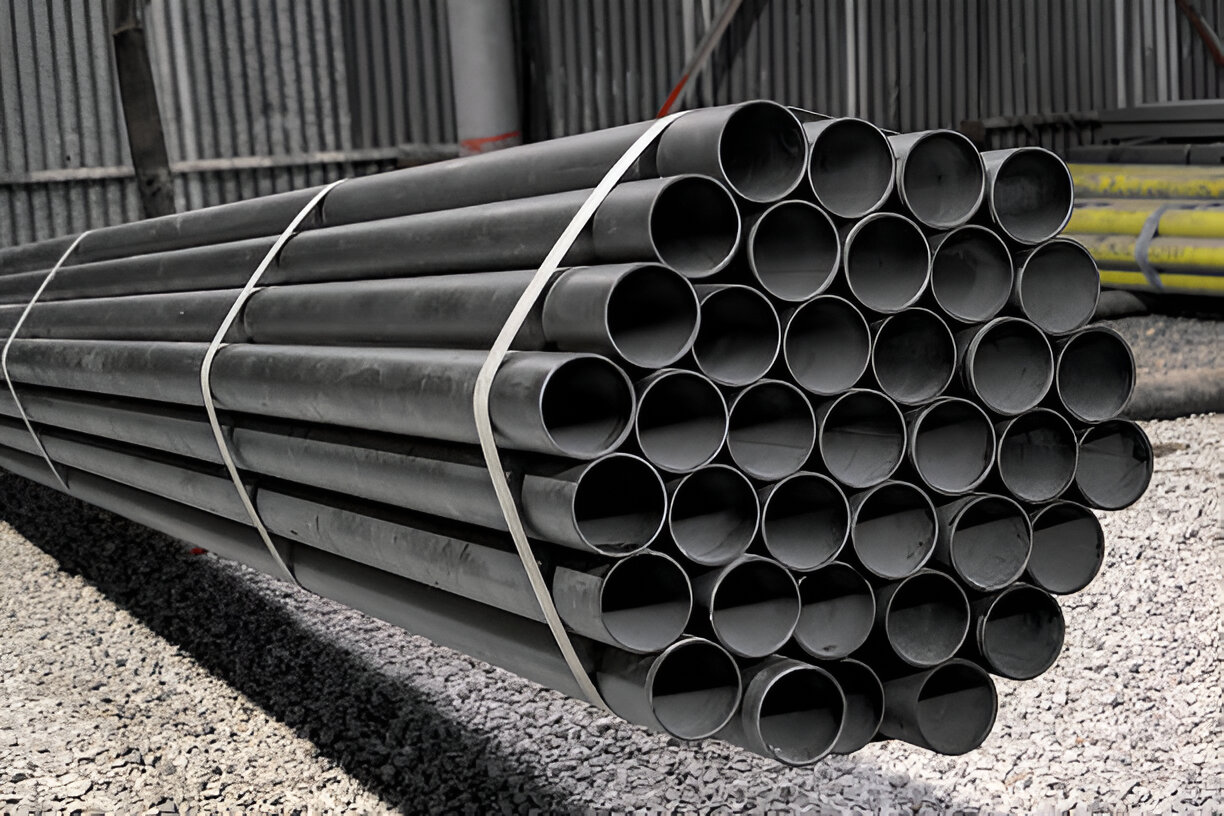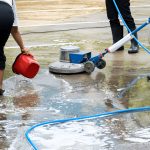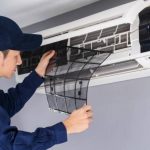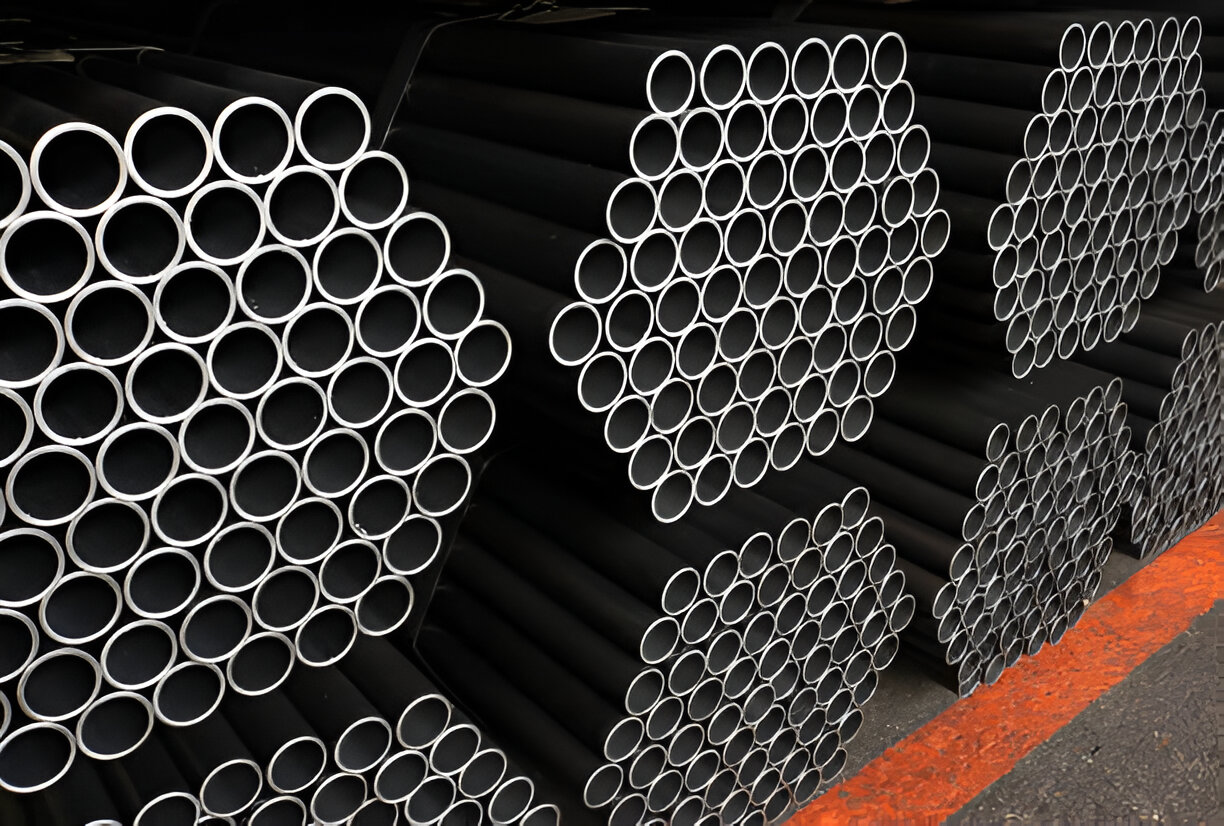Those silver-gray pipes in pre-1970 homes are more than just outdated – they are potential disasters waiting to happen. The industry standard, galvanized pipes, have become a great hazard since they are becoming corroded. Decades later, the zinc coating gets worn off, subjecting the steel to rusting and corrosion.
The consequence of this is limited water circulation, water leakage and even pollution with lead in older pipes. What is worse, the damage often happens invisibly inside the pipes until it is too late. Oasis Plumbing Services can always be contacted if you are looking for professional repiping plumbing services. They will always use much safer materials while replacing pipes.
The Hidden Dangers of Galvanized Pipes
Originally designed as a lead-free alternative, galvanized pipes have critical flaws that emerge over time:
- Internal corrosion builds up like cholesterol in arteries
- Lead contamination risks in pipes installed before 1970
- Reduced water pressure from mineral deposits
- Uneven wear leads to unexpected leaks.
5 Red Flags You Can’t Ignore
1. Rusty or Metallic Water
- Brownish water when first turning on taps
- Metallic taste or unpleasant odor
- Rust stains on sinks and appliances.
2. Water Pressure Problems
- Some faucets have strong flow while others trickle
- Sudden pressure drops during use
- Spitting faucets from air trapped in pipes.
3. Visible Pipe Damage
- Bulging or misshapen pipe sections
- Flaky rust that rubs off when touched
- White calcium deposits at joints.
4. Frequent Leaks
- Recurring pinhole leaks
- Damp spots on walls or ceilings
- Musty odors from hidden moisture.
5. Health Concerns
- Possible lead leaching in older pipes
- Increased risk for households with children.
Why Replacement Can’t Wait
Delaying pipe replacement risks:
- Catastrophic bursts flooding your home
- Toxic lead exposure in drinking water
- Mold growth from undetected leaks
- Skyrocketing water bills from wasted water.
Modern alternatives like copper or PEX offer:
- 50+ year lifespans
- Corrosion-resistant materials
- Better water flow
- No lead risks.

The Smart Replacement Process
Professional re-piping involves:
- Complete inspection to assess pipe conditions
- Material selection based on your home’s needs
- Efficient installation with minimal disruption
- Water testing to ensure quality.
Don’t Gamble with Your Plumbing
Many homeowners make the mistake of thinking, “if it is not leaking, it is fine.” But galvanized pipes often fail from the inside out, hiding dangerous corrosion until it is too late. Re-pipping the average home tends to cost considerably less than repairing a flood that has resulted because of a significant crack in one of the pipes.
Besides, the contemporary materials used in piping may earn you some extra profit by raising your property value whilst assuring you a healthy sleep.
You can save a lot of dollars by simply understanding when to replace galvanized steel pipes. When your home exhibits a red light of any kind, you should engage a licensed plumber on options of replacement before minor complications turn into something more dramatic.
Final word
Remember: Galvanized pipes don’t fail gracefully. By the time they leave, they tend to flop in a massive way. Don’t wait until you are dealing with a flooded basement – proactive replacement protects your home and family.










